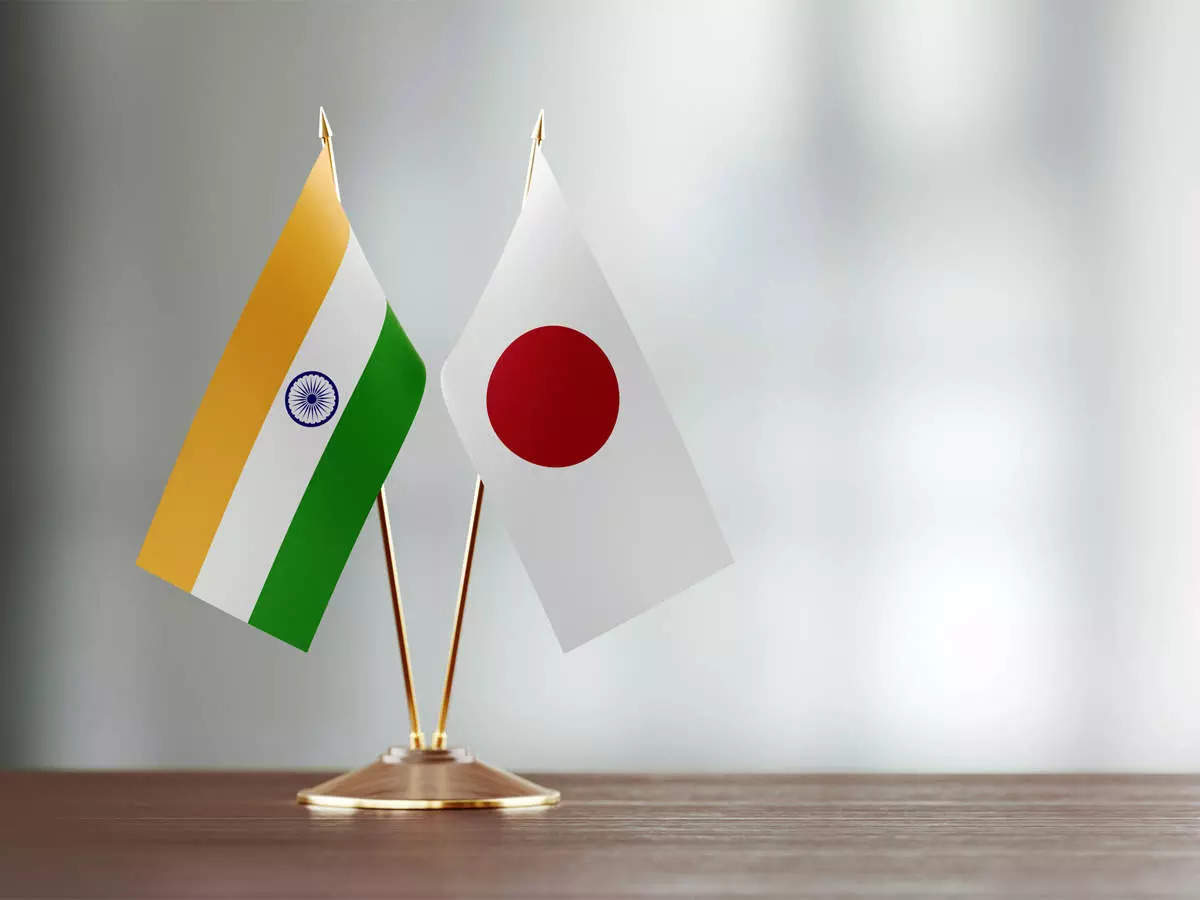News Highlight
India and Japan to improve bilateral cooperation towards clean energy transition.
Key Takeaway
- Japan’s Asia Energy Transition Initiative (AETI) was announced in 2021.
- Initially, they backed the Association of Southeast Asian Nations (ASEAN) countries in their efforts to achieve net zero emissions.
- It includes $10 billion in financial aid for renewable energy.
- Japan now looks forward to assisting India in its transition to sustainable energy by incorporating the country into the AETI.
Asia Energy Transition Initiative (AETI)
- About
- Its goal in Asia is to achieve sustainable growth and carbon neutrality.
- It was initially intended to assist countries in ASEAN in their efforts to achieve net-zero carbon emissions.
- The programme encourages the development of energy transition roadmaps.
- Renewable energy, energy efficiency, LNG, and other projects have received a US$10 billion funding boost.
- It intends to develop and deploy technologies by leveraging a 2 trillion yen fund for offshore wind power generation, fuel ammonia, hydrogen, etc.
- The Asia Carbon Capture, Utilization, and Storage (CCUS) network promotes decarbonisation technology capacity building and knowledge sharing.
Major Highlights of India-Japan Clean Energy Cooperation
- The India-Japan Clean Energy Partnership was published in March 2022.
- It would focus on the agenda covered in the 2007 India-Japan Energy Dialogue before expanding into areas of mutual value.
- India and Japan have assumed the presidency of the G20 and G7, respectively.
- Regarding environmental sustainability, India’s Lifestyle for Environment (LiFE) is one of the G20 presidency’s top goals.
- In addition, the Japanese government’s Feed-in Premium (FiP) system was launched in April 2022 and is projected to assist the country’s energy transition.
- Japan has established a net-zero target by 2050, and in May 2022, the government presented an initial report on the Clean Energy Strategy.
- India has likewise set a lofty goal of reaching net-zero emissions by 2070.
- The vast renewable energy potential of the Indian subcontinent can improve green hydrogen (GH2) production and the enormous potential for a GH2 economy.
- Nepal and Bhutan have excess hydropower potential, which green hydrogen electrolysers can exploit in nations such as India and Bangladesh.
- Through technological, institutional, and people cooperation, events such as the India-Japan Environment Week would aid in developing a roadmap for integrating variable renewable energy into the system.
India -Japan Bilateral Relations
- Defence Ties
- The India-Japan defence and security alliance has evolved through bilateral and multinational exercises such as Dharma Guardian and Malabar.
- And Welcome Japan’s participation in the MILAN exercise for the first time.
- Health Care
- Both parties had been working to find projects to help build the AHWIN narrative for AYUSHMAN Bharat.
- Investment and ODA
- India has been the largest recipient of Japanese Official Development Assistance (ODA) loans for decades.
- The Delhi Metro is among the most compelling examples of Japanese cooperation under ODA.
- India’s Western Dedicated Freight Corridor (DFC) project is funded by a soft loan provided by Japan International Cooperation Agency under Special terms for economic partnership (STEP).
Conclusion
- Through technological, institutional, and people cooperation, events such as the India-Japan Environment Week would aid in developing a roadmap for integrating variable renewable energy into the system.
- Renewable energy auctions can also assist in reducing the difficulty of integrating renewables into the grid.
- Solar photovoltaic (PV) prices in Japan are higher than the worldwide average and significantly more than in countries with similar macroeconomic and solar PV development conditions.
- Auction designs that aim beyond price reduction would allow easy grid integration of renewables, timely project completion, and a just energy transition.
Pic Courtesy: freepik
Content Source: Down to Earth



